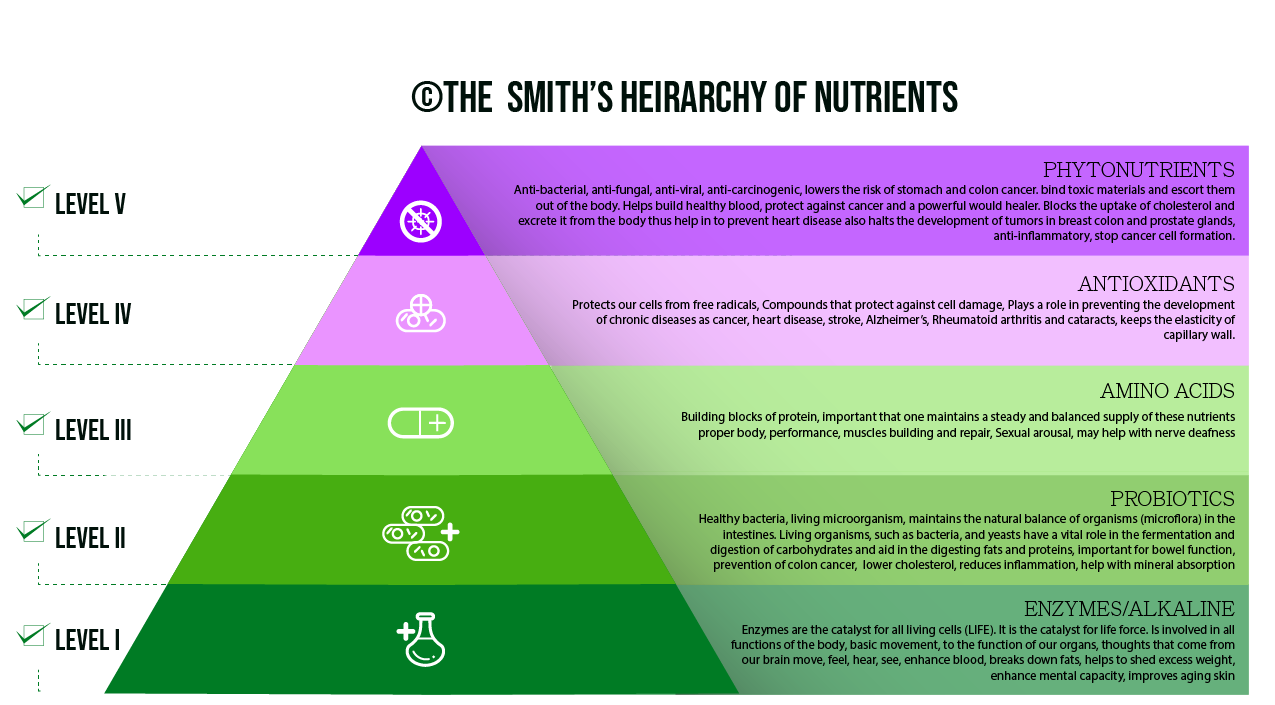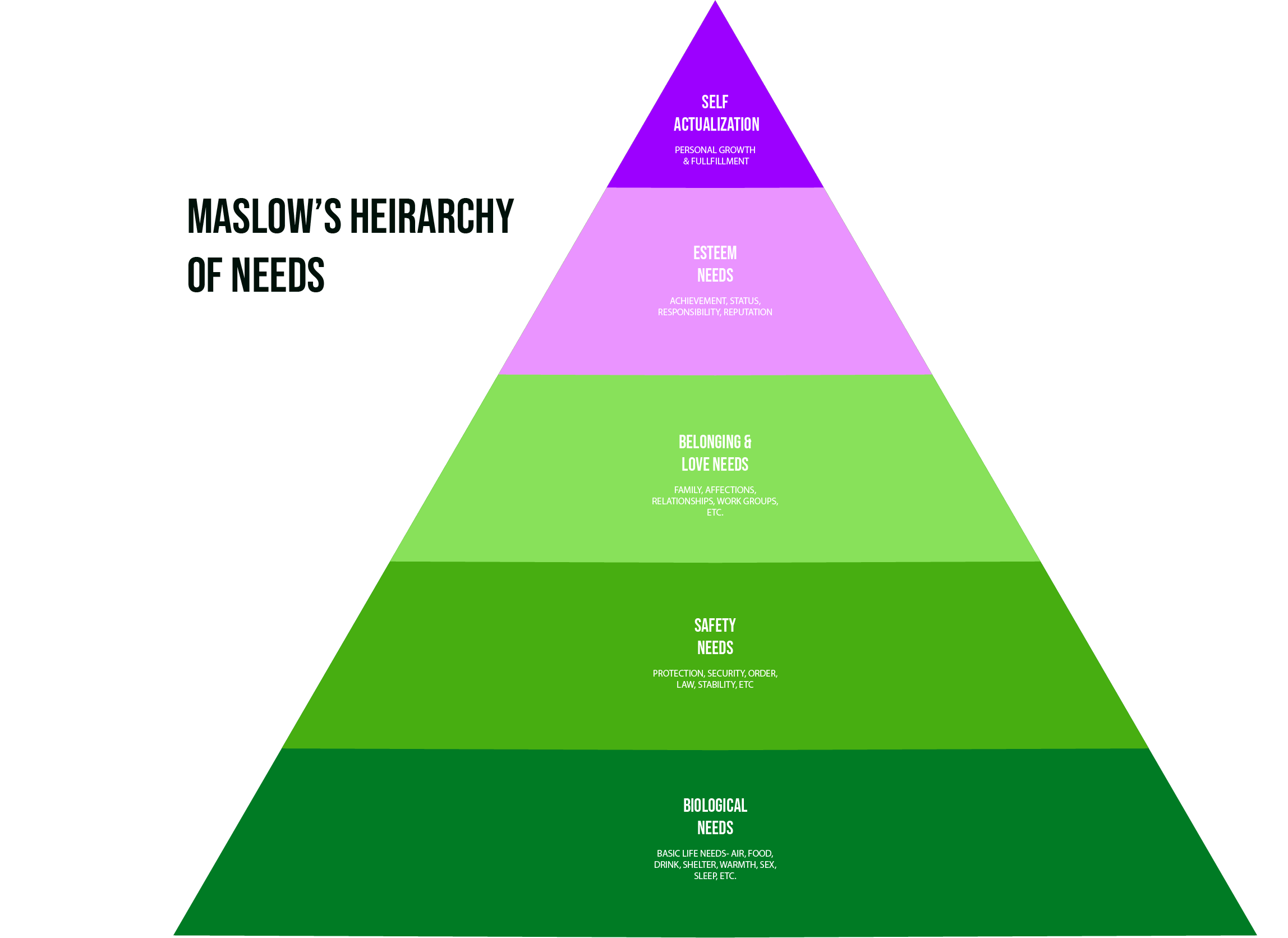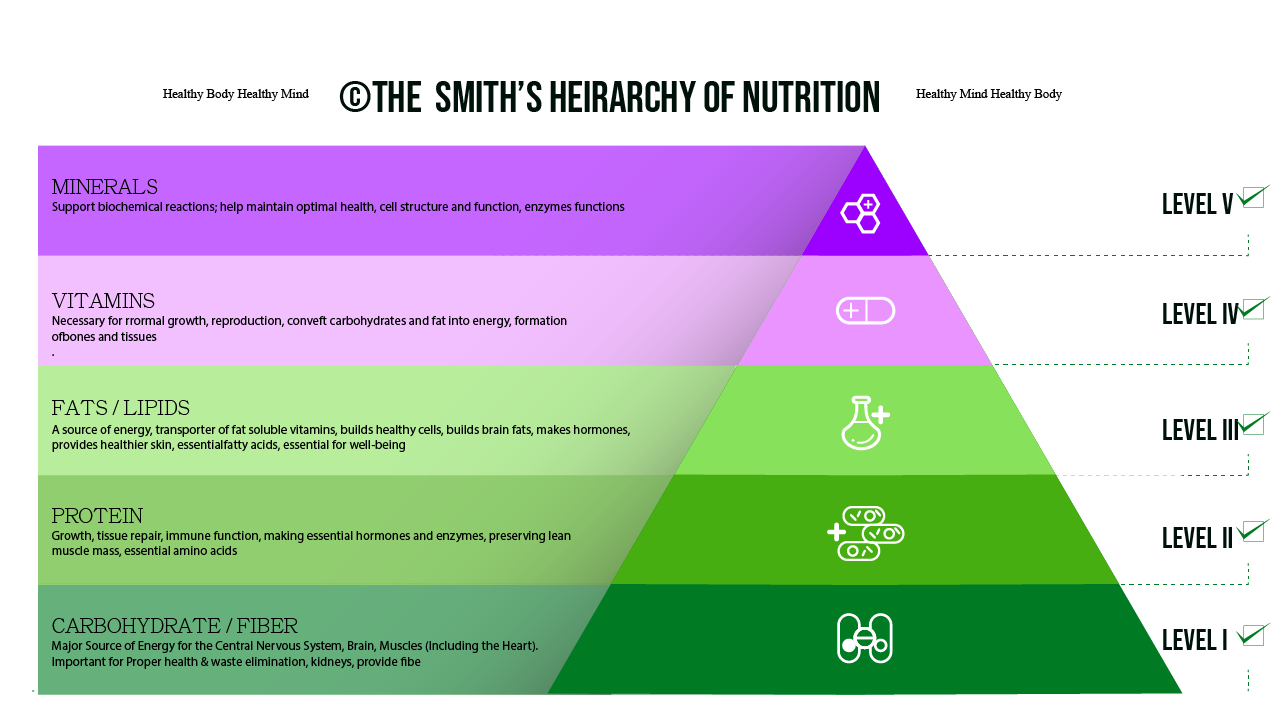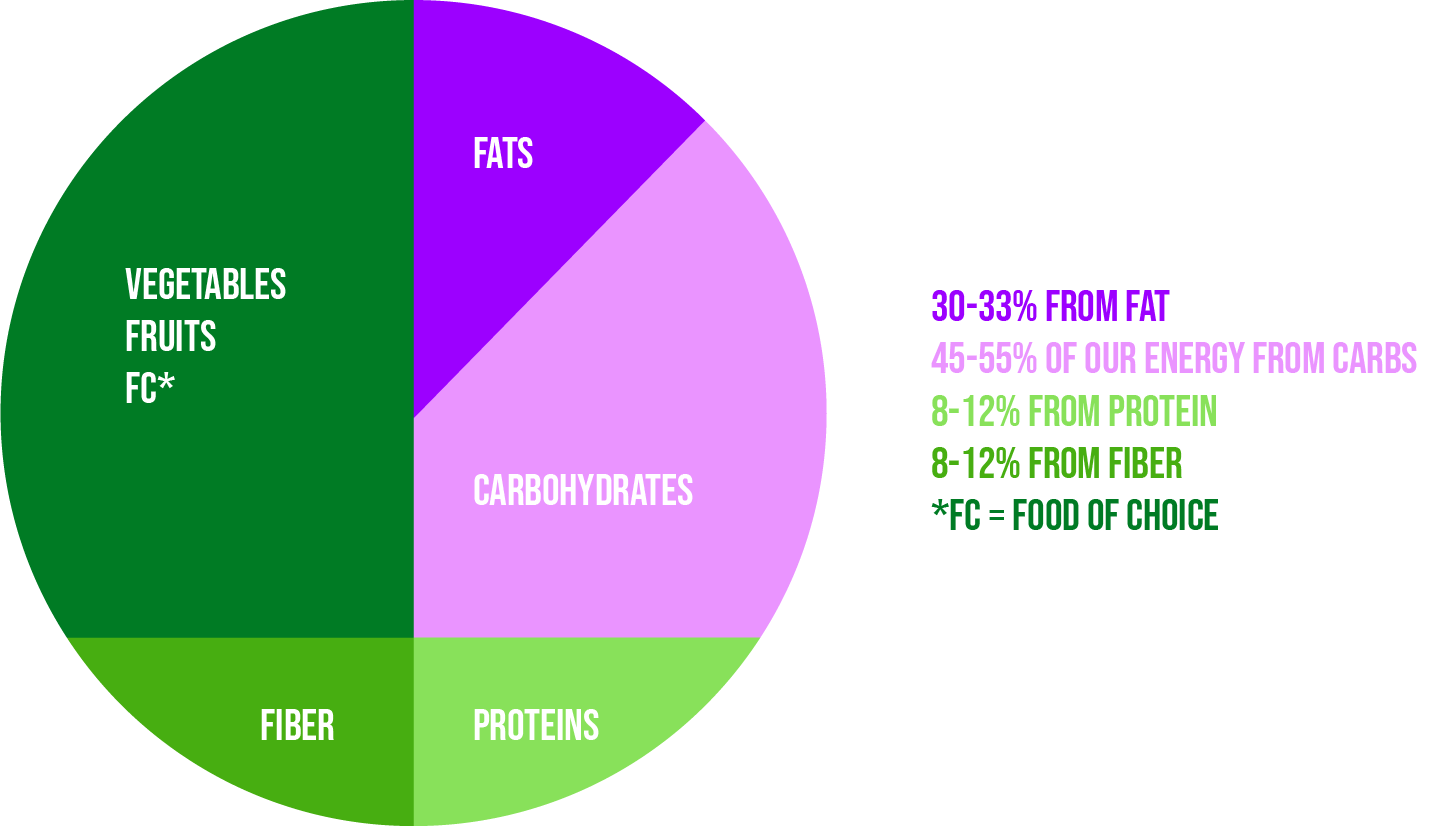Minerals are chemical elements, which are vital for life. The body is not equipped to produce the minerals that are needed to function. Instead these nutrients must be obtained from food. Your health is depended upon the food chooses that you make. Therefore we must make wise choices. Nothing effect you as much as the food that you eat you are what you eat (you are what the body does with it once it is eaten, how it absorbed.).
There are no words that can be express to how vital it is to eat right all your nutrients/nutrition, including vitamins and minerals come from your food. Your life is your food.
Roles of minerals in the body. Boron promotes healthy bones, teeth; metabolism of other minerals.
Calcium: blood clotting, intracellular signaling, muscle contraction.
Chromium: insulin and glucose tolerance responses
Cobalt: contained in vitamin B12.
Cooper: formation of hemoglobin; absorption and use of iron; skin hair pigmentation Fluoride: prevents dental carries; crystalline structure of bones and teeth
Iodine: contained in hormones thyroxine (T4) and triiodothyronine (T3).
Iron: Contained in cytochromes, myoglobin, and hemoglobin.
Magnesium: mineral present mainly in the bones, maintains electrical potential in nerve and muscle cells
Phosphorus: contained in bones, teeth; role in energy metabolism
Potassium: role in fluid and electrolyte balance; heart muscle activity; metabolism and protein synthesis
Selenium: proper heart functions; possibly prevents certain cancers
Sodium: present in extra cellular fluid
Sulphur: energy metabolism, enzyme function, and detoxification
Zinc: contained in enzymes, transcription factors
Minerals are as important to the human body as breathing; without the proper amount of minerals our body would cease to function properly, and if the deficiency is severe enough it can and will result in death
What you think that you don’t know is killing you. Most people don’t understand that minerals have an effect on nearly every single function in the body. One of these key actions is to act as a reactor to many essential vitamins and nutrients. In other words you can take vitamins every day but, but if you are not taking the correct minerals to bind with the vitamins they will simply get excreted and not used properly by the body; leaving you vitamin and mineral deficient. A perfect example of this is vitamin d and calcium; when you take either of these the other is needed to allow the body to absorb the nutrient properly. Calcium is also needed to react with vitamin c to aid in absorption. The list goes on that I have list in the book.
Minerals also have a tremendous effect on several of our organs, as well as our blood tissue, and cells, Maintain a harmonious balance inside the body is crucial to proper function; if this critical balance of alkaline and acidity gets thrown off, even in the slightest, it can cause a chaos in the body known as metabolic imbalance, and this condition can lead to several other life threatening conditions.
Again, I can not emphasize enough the necessity for eating the proper foods, and you can never get the proper nutrients vitamins and minerals from any thing that is not natural and by that I mean, anything that is not man made it is not natural, synthetic. Your food is the way of life. RyWhe is a great natural drink that has all the nutrients that you need in one drink, probiotics, enzymes, minerals, phytonutrients, vitamins, antioxidants, amino acids, and flavornors.







